The biggest battles of the Russo-Ukrainian War
Kyiv, Mariupol, Kherson, and other Ukrainian cities have become battlegrounds for the nation's survival

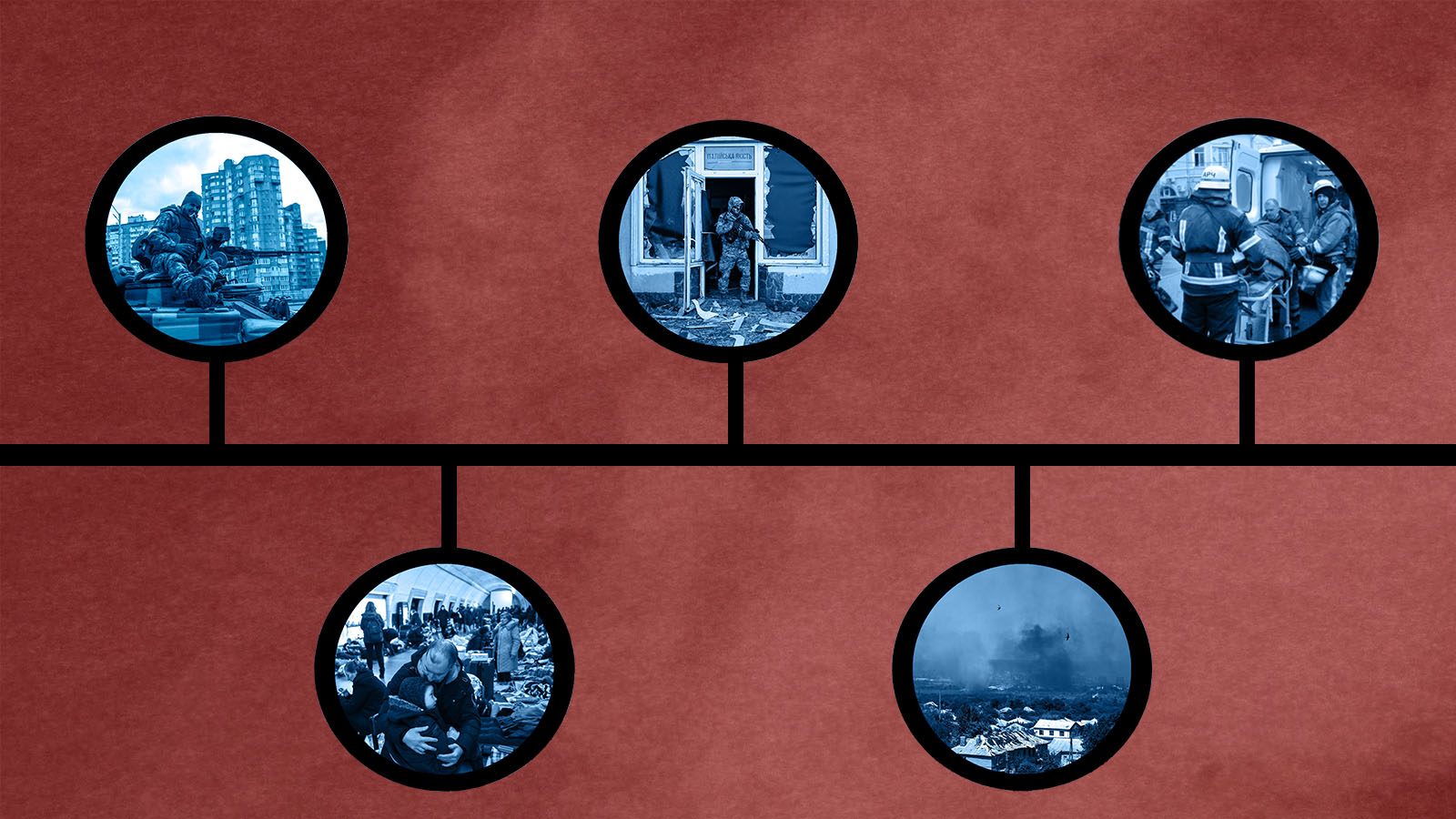
On Feb. 24, 2022, the largest European war since 1939 broke out when Russian President Vladimir Putin ordered a "special military operation" to support a pair of newly recognized separatist states in eastern Ukraine. President Volodymyr Zelensky, who played a Ukrainian president on TV before taking office in 2019, suddenly found himself facing a very real battle for his country's survival.
Messages of support from the U.S. and Western Europe flooded Ukraine. Weapons trickled in from the same sources, but never quickly enough. Despite international sanctions and high casualties, the Kremlin has not wavered. It's too late for Putin to back down. As Russia sets the stage to annex its Ukrainian conquests, there appears to be no end in sight.
The war — which has now stretched over half a year — has been bloody for soldiers and civilians alike, but precise casualty figures are difficult to come by. The United Nations can confirm that, as of July 31, over 5,000 Ukrainian civilians had been killed since Feb. 24, though the actual number is likely to be considerably higher. Russia said in April that it had killed 23,000 Ukrainian troops, but this number is almost certainly exaggerated, as is Ukraine's claim to have killed some 35,000 Russian soldiers by late June. Intelligence sources from the United States, the United Kingdom, and Estonia put the Russian military death toll at around 15,000. Ukraine admits to having lost 10,000 troops in the war's first 100 days.
The Week
Escape your echo chamber. Get the facts behind the news, plus analysis from multiple perspectives.

Sign up for The Week's Free Newsletters
From our morning news briefing to a weekly Good News Newsletter, get the best of The Week delivered directly to your inbox.
From our morning news briefing to a weekly Good News Newsletter, get the best of The Week delivered directly to your inbox.
After failing to capture Kyiv and bring a swift end to the war, Russia pivoted, pursuing a slow, grinding campaign in the Donbas while consolidating early gains in the south. Several major Ukrainian cities have fallen, while others have held their ground against the invaders.
The battles between Russia and Ukraine have determined the shape of the war, just as the stories of heroic last stands, brutal massacres, daring counterstrikes, and colossal blunders that emerged from those battles have shaped public opinion around the world.
The Battle for Kyiv
Status: Ukrainian victory
In the weeks preceding Russia's Feb. 24 invasion of Ukraine, U.S. officials warned that the capital city of Kyiv could fall within 72 hours. The Kremlin seems to have shared this assessment. Instead, the Ukrainian military stood its ground and gave the invaders a bloody nose.
A free daily email with the biggest news stories of the day – and the best features from TheWeek.com
As Russian troops pushed south from Belarus, Ukrainian President Volodymyr Zelensky refused to flee the city. Civilians armed themselves with government-issued assault rifles and Molotov cocktails. The Russian paratroopers who dropped behind Ukrainian lines expecting little resistance failed to capture their objectives. A 40-mile convoy that appeared to be bearing down inexorably on Kyiv stalled and then dispersed. American-made Javelin missiles turned Russian military vehicles into burning husks as they pushed into the Kyiv suburbs and even into the outskirts of the capital itself. Attempts to encircle the city failed.
In late March, Ukraine began launching counterattacks, reclaiming the suburb of Irpin. Days later, Russia abandoned its campaign to take the capital. Russian forces in the area withdrew back across the Belarusian border to regroup, re-arm, and redeploy for a long, bloody campaign in the Donbas. There would be no swift end to the war.
Ukrainian troops marched into the Kyiv suburbs only to discover that, as their offensive bogged down, Russian forces had vented their rage on civilians. In Bucha, some 280 corpses were found buried in a mass grave. Others were left to rot in the streets.
The Battle for Kharkiv
Status: Ongoing; under Ukrainian control
Kharkiv, located in northeastern Ukraine about 25 miles from the Russian border, also came under attack in the early days of the war. Street fighting broke out on Feb. 27 as Russian troops pushed into the city, but Ukrainian forces had pushed them back by the end of the day.
Having failed to capture Ukraine's second-largest city, Russia stepped up its rocket, artillery, and aerial attacks. Kharkiv Mayor Ihor Terekhov accused Russian forces of "purposefully hitting" residential neighborhoods in order to "eliminate Ukrainian people."
Then, after more than a month of relative inaction on both sides, Ukraine launched a counteroffensive. What followed has been described as a deadly game of "hawk and mouse." Russian and Ukrainian drones circled the skies, searching out enemy forces for artillery strikes to destroy. Ukrainian infantry, supported by tanks and other armored vehicles, advanced under cover of artillery, reclaiming the city's northern suburbs.
On May 13, the U.S.-based Institute for the Study of War assessed that Ukraine "appears to have won the Battle of Kharkiv." Invading forces were driven back to defensive positions near the border, but the region's governor warned city residents that it wasn't safe to return home yet. Russian troops have continued to shell Kharkiv and its suburbs.
The Siege of Mariupol
Status: Russian victory
A major objective of Russia's invasion was securing a land bridge linking Crimea, which Russia annexed in 2014, with separatist-controlled territory in the Donbas. To do so, they would need to capture the Black Sea port of Mariupol. Before the war was a week old, Russian forces had completely surrounded the city.
Repeated attempts to create humanitarian evacuation corridors failed when Russian forces refused to honor ceasefire agreements. Russia hammered the city, even dropping bombs on a maternity ward and a theater where over 1,000 civilians were taking shelter. The word "children" was written in Russian outside the theater in letters visible from the air. Food, medicine, and clean water became scarce. The civilian death toll in Mariupol hit 5,000, then 10,000, and may have risen as high as 22,000.
By mid-April, Russian forces had secured most of the city. Ukraine held one last fortress against the invaders — the sprawling Azovstal steelworks. With four square miles of industrial buildings, 36 bomb shelters, and an extensive network of tunnels, it was a good place for a last stand.
Azovstal's defenders, many of them from Ukraine's right-wing Azov Battalion, refused multiple demands to surrender. By May 7, the hundreds of civilians taking shelter in the Azovstal plant had been evacuated. Nine days later, 246 Ukrainian fighters surrendered and were transported to Russian-controlled territory. Zelensky directed any troops still defending Azovstal to do the same. By May 16, the surrender was complete. Azovstal — and Mariupol — had fallen.
In late July, dozens of the Ukrainian prisoners of war who had defended Azovstal were killed in an explosion at a prison in Russian-occupied Donetsk. Russia claimed Ukraine had used a U.S.-made HIMARS (High Mobility Artillery Rocket System) to kill its own war heroes, hoping to "intimidate Ukrainian servicemen" into fighting to the death rather than surrender. Ukrainian military intelligence accused mercenaries from the Russian-allied Wagner Group of bombing the prison to cover up an embezzlement scheme.
The Battle of Sievierodonetsk and Lysychansk
Status: Russian victory
Roughly three weeks after withdrawing from Kyiv, Russia launched a full-scale attack in the Donbas. Russian forces made slow gains along the line of contact, but by late May the offensive came to focus on the twin cities of Sievierodonetsk and Lysychansk. The cities, located on opposite sides of the Siverskyi Donets River, had a combined pre-war population of around 200,000 and a significant industrial base.
Russian troops used their 10-to-one artillery advantage to pummel their way into Sievierodonetsk. Luhansk Governor Serhiy Haidai denounced the attackers, who he said had damaged 90 percent of the city's homes, as "uncultured orcs." In a series of bloody street fights, the Russian, Chechen, and separatist invaders pushed Ukrainian forces out of the city's eastern residential districts and into the industrial zones along the river. By that point, the ISW had assessed that Ukraine's high command no longer intended to hold the city but had made the "strategically sound" decision to conduct a fighting retreat.
The defenders held out for several weeks, but by June 24, the last Ukrainian fighters were withdrawing from Sievierodonetsk, but they still held the high ground in Lysychansk.
Russian forces, hesitant to cross the Siverskyi Donets River under enemy fire, approached Lysychansk from the south, relying once again on withering artillery barrages to cover their advance. By July 3, Lysychansk was in Russian hands. With the fall of the twin cities, Russia had eliminated the last major pocket of Ukrainian resistance in Luhansk Oblast.
The Battle for Kherson
Status: Ongoing; under Russian control
Kherson, a river port in southern Ukraine with a pre-war population of around 300,000, was the first major city to fall to Russian forces, who quickly installed a collaborationist government.
Since then, Kherson has become the most striking example of the invaders' efforts to Russify and eventually annex large swaths of captured Ukrainian territory. Billboards proclaim that Russians and Ukrainians are "one people" as occupying forces impose Russian currency, internet service, and textbooks. Kherson is also a hotbed of Ukrainian partisan activity, with subversive actions ranging from anti-Russian flyer campaigns to the repeated bombing of a Russian-held airbase.
For months, Ukrainian forces nibbled at the borders of Kherson Oblast, retaking some towns and villages while Russia tightened its hold on the regional capital. Then came Ukraine's biggest gamble of the war. On July 23, Zelensky announced that Ukraine had launched a counteroffensive aimed at retaking Kherson. Ground troops advanced "step by step" into the region while Ukrainian artillery forces used HIMARS from the U.S. to target the bridges spanning the Dnipro River, seeking to cut off supplies and reinforcements from the east.
Russia is likely to offer fierce resistance. Occupying forces have been spotted setting up fortifications along the P47 highway to the east of Kherson City, hoping to prevent Ukraine from crossing the Dnipro upstream and encircling the city from the southeast.
If Ukraine succeeds in liberating Kherson, it will be the first time since the invasion that Ukrainian forces have re-taken a major city from the Russians. A victory like that could turn the tide of the war. But failure could mean losing Kherson forever. Intelligence suggests that, sometime in September, Russia plans to hold rigged referendums in Kherson and other occupied areas, asking residents to vote on whether to join with Russia. If that happens, annexation could follow within a week.
Grayson Quay was the weekend editor at TheWeek.com. His writing has also been published in National Review, the Pittsburgh Post-Gazette, Modern Age, The American Conservative, The Spectator World, and other outlets. Grayson earned his M.A. from Georgetown University in 2019.
-
 US citizens are carrying passports amid ICE fears
US citizens are carrying passports amid ICE fearsThe Explainer ‘You do what you have to do to avoid problems,’ one person told The Guardian
-
 All roads to Ukraine-Russia peace run through Donetsk
All roads to Ukraine-Russia peace run through DonetskIN THE SPOTLIGHT Volodymyr Zelenskyy is floating a major concession on one of the thorniest issues in the complex negotiations between Ukraine and Russia
-
 Why is Trump killing off clean energy?
Why is Trump killing off clean energy?Today's Big Question The president halts offshore wind farm construction
-
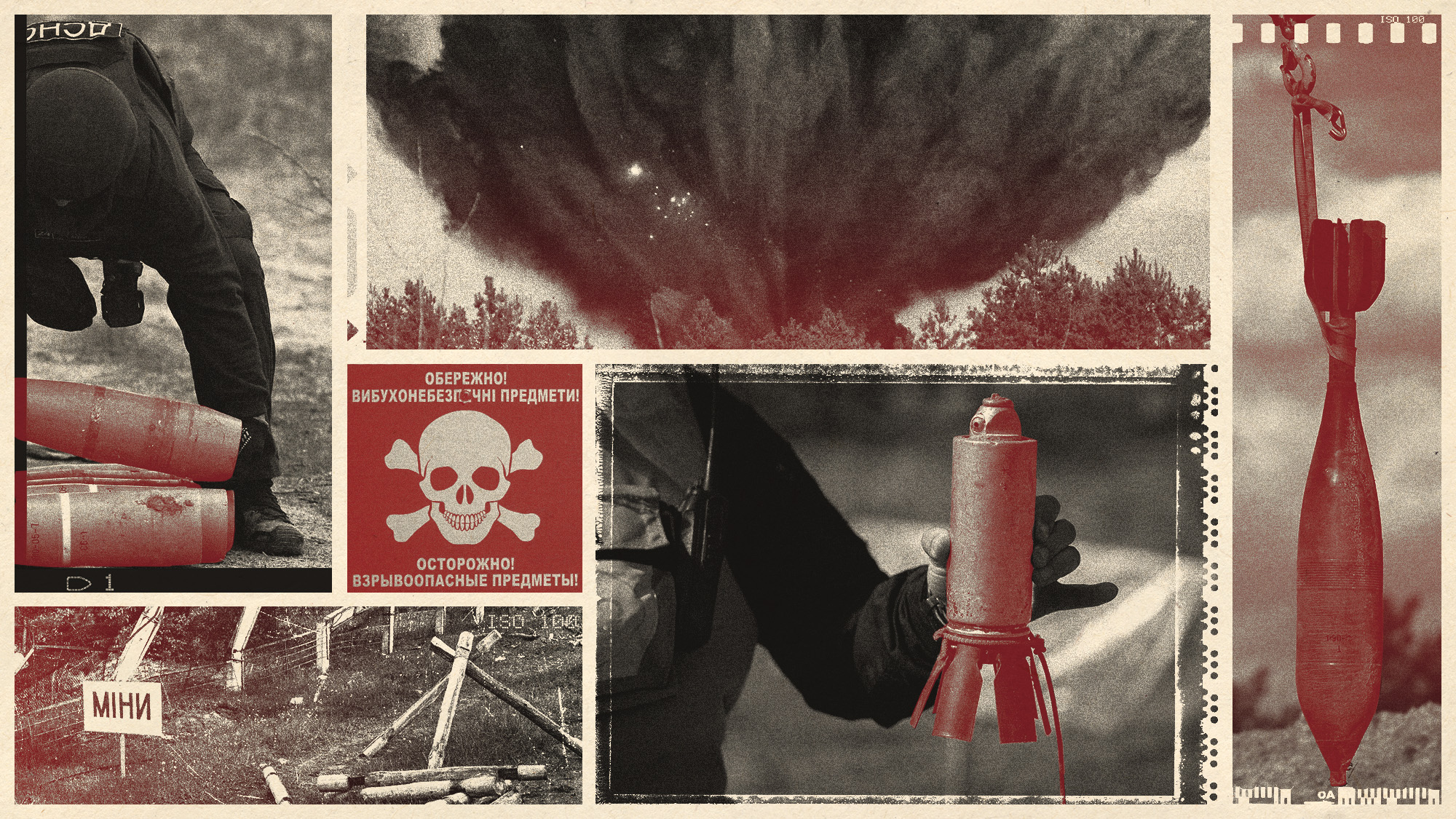 The mission to demine Ukraine
The mission to demine UkraineThe Explainer An estimated quarter of the nation – an area the size of England – is contaminated with landmines and unexploded shells from the war
-
 The secret lives of Russian saboteurs
The secret lives of Russian saboteursUnder The Radar Moscow is recruiting criminal agents to sow chaos and fear among its enemies
-
 Is the 'coalition of the willing' going to work?
Is the 'coalition of the willing' going to work?Today's Big Question PM's proposal for UK/French-led peacekeeping force in Ukraine provokes 'hostility' in Moscow and 'derision' in Washington
-
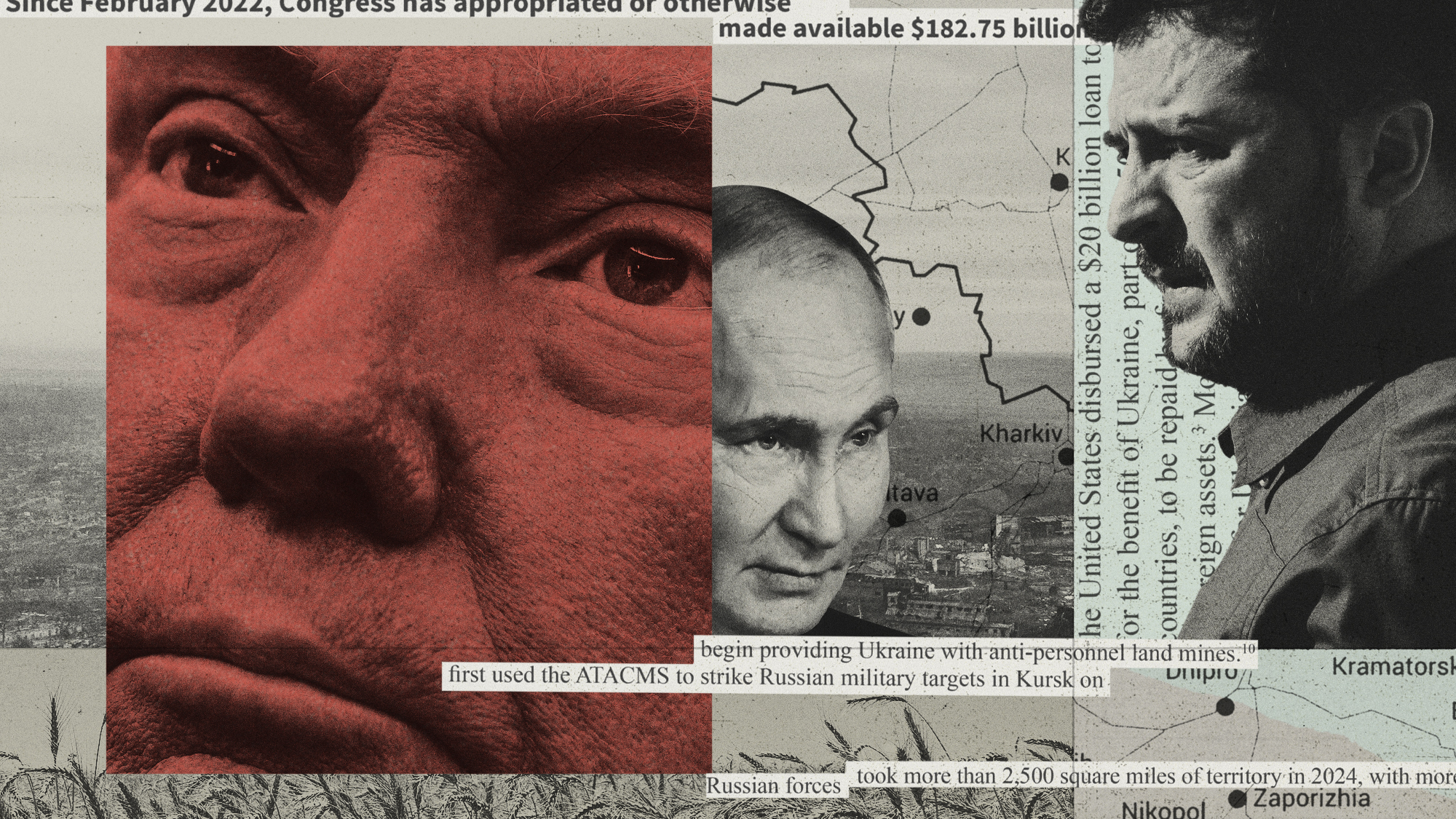 Ukraine: where do Trump's loyalties really lie?
Ukraine: where do Trump's loyalties really lie?Today's Big Question 'Extraordinary pivot' by US president – driven by personal, ideological and strategic factors – has 'upended decades of hawkish foreign policy toward Russia'
-
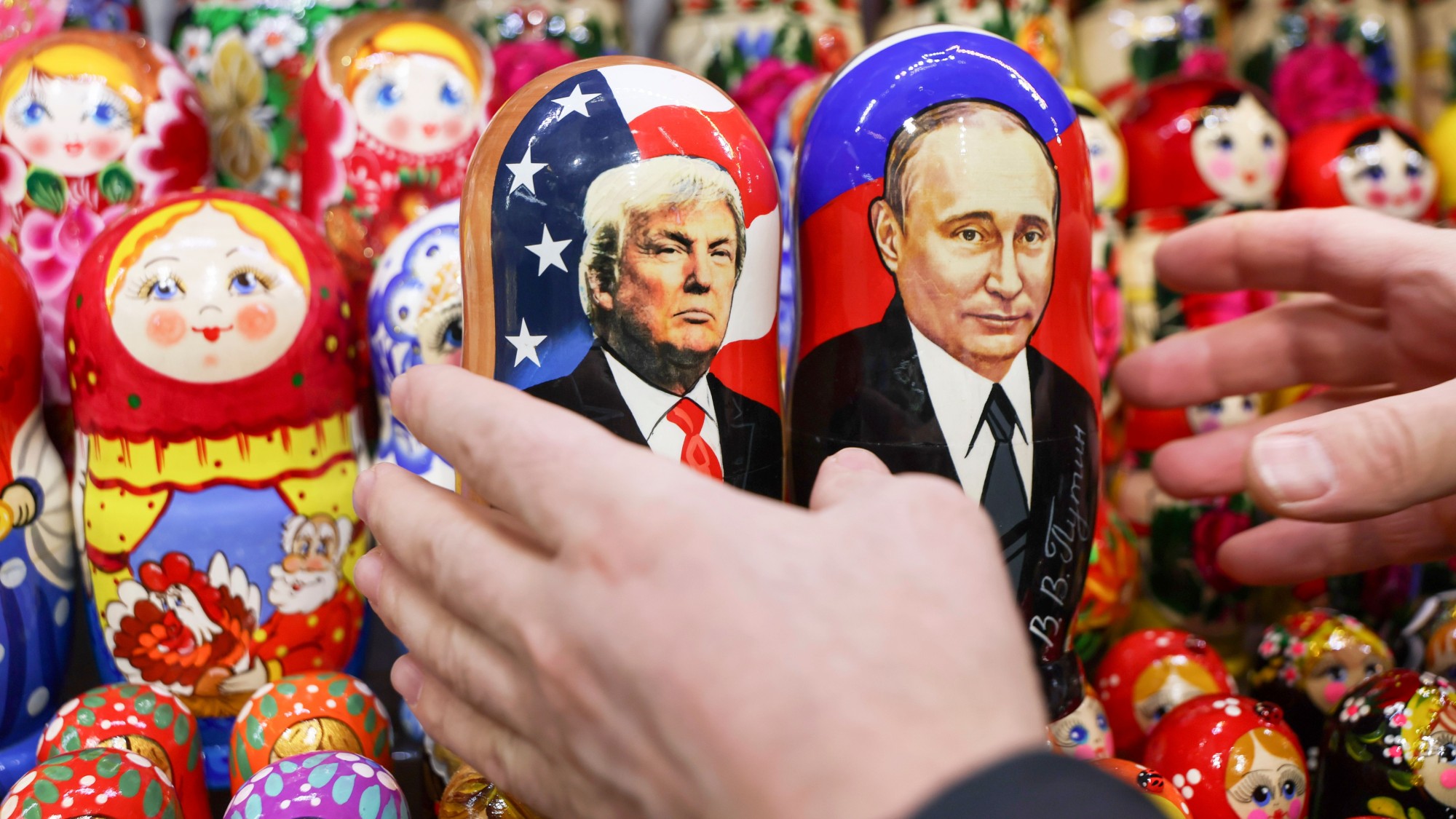 What will Trump-Putin Ukraine peace deal look like?
What will Trump-Putin Ukraine peace deal look like?Today's Big Question US president 'blindsides' European and UK leaders, indicating Ukraine must concede seized territory and forget about Nato membership
-
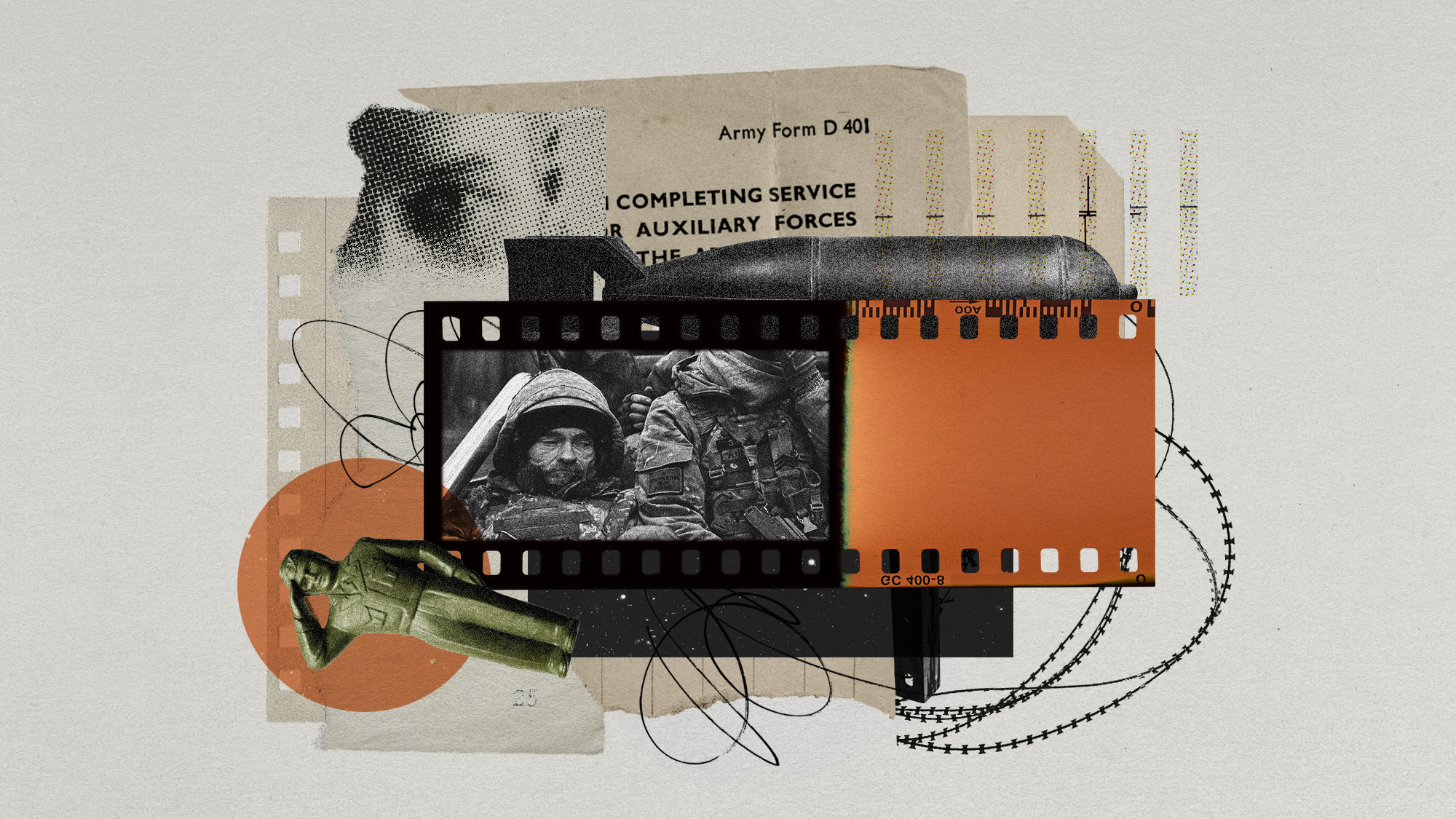 Ukraine's disappearing army
Ukraine's disappearing armyUnder the Radar Every day unwilling conscripts and disillusioned veterans are fleeing the front
-
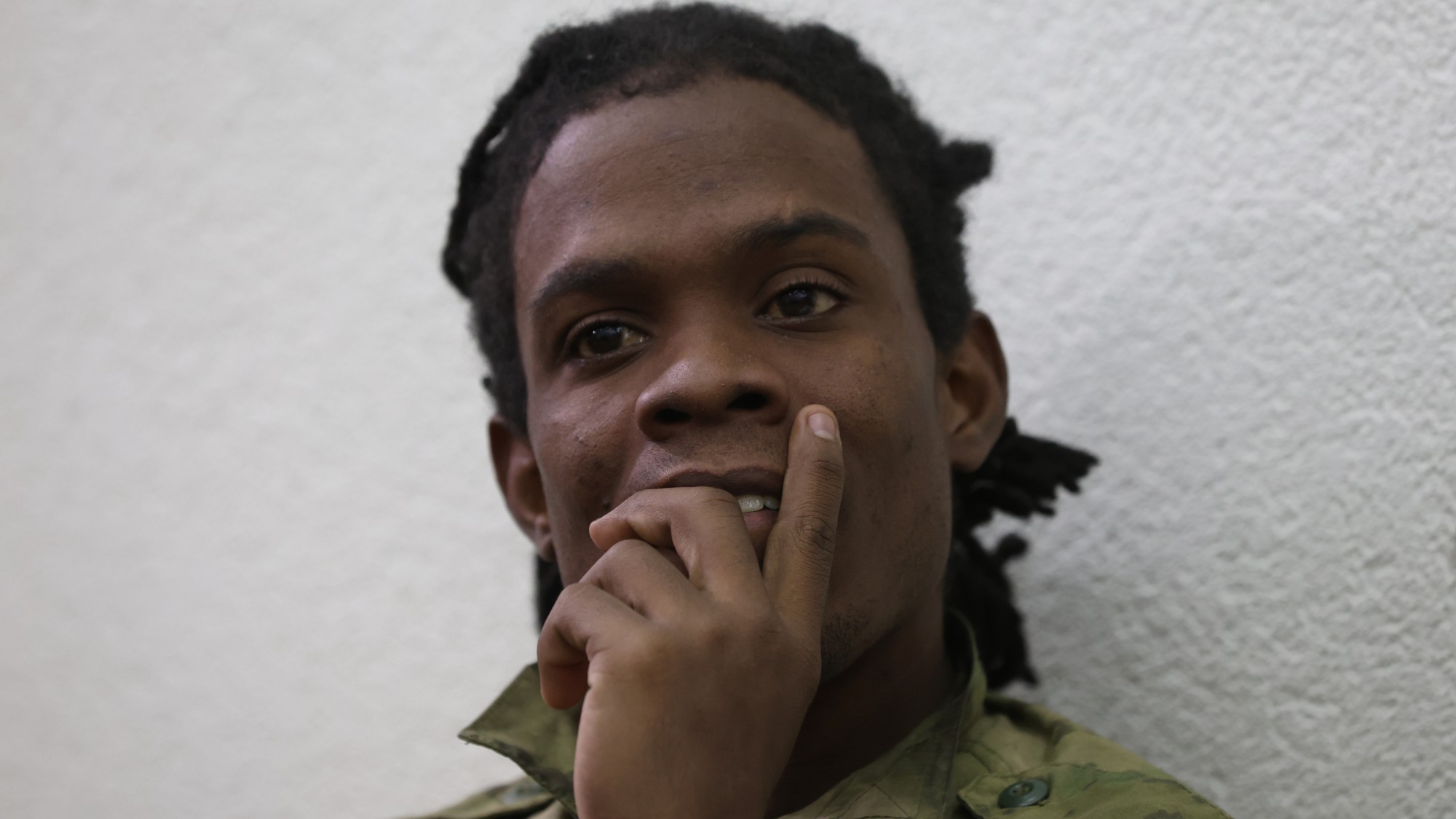 Cuba's mercenaries fighting against Ukraine
Cuba's mercenaries fighting against UkraineThe Explainer Young men lured by high salaries and Russian citizenship to enlist for a year are now trapped on front lines of war indefinitely
-
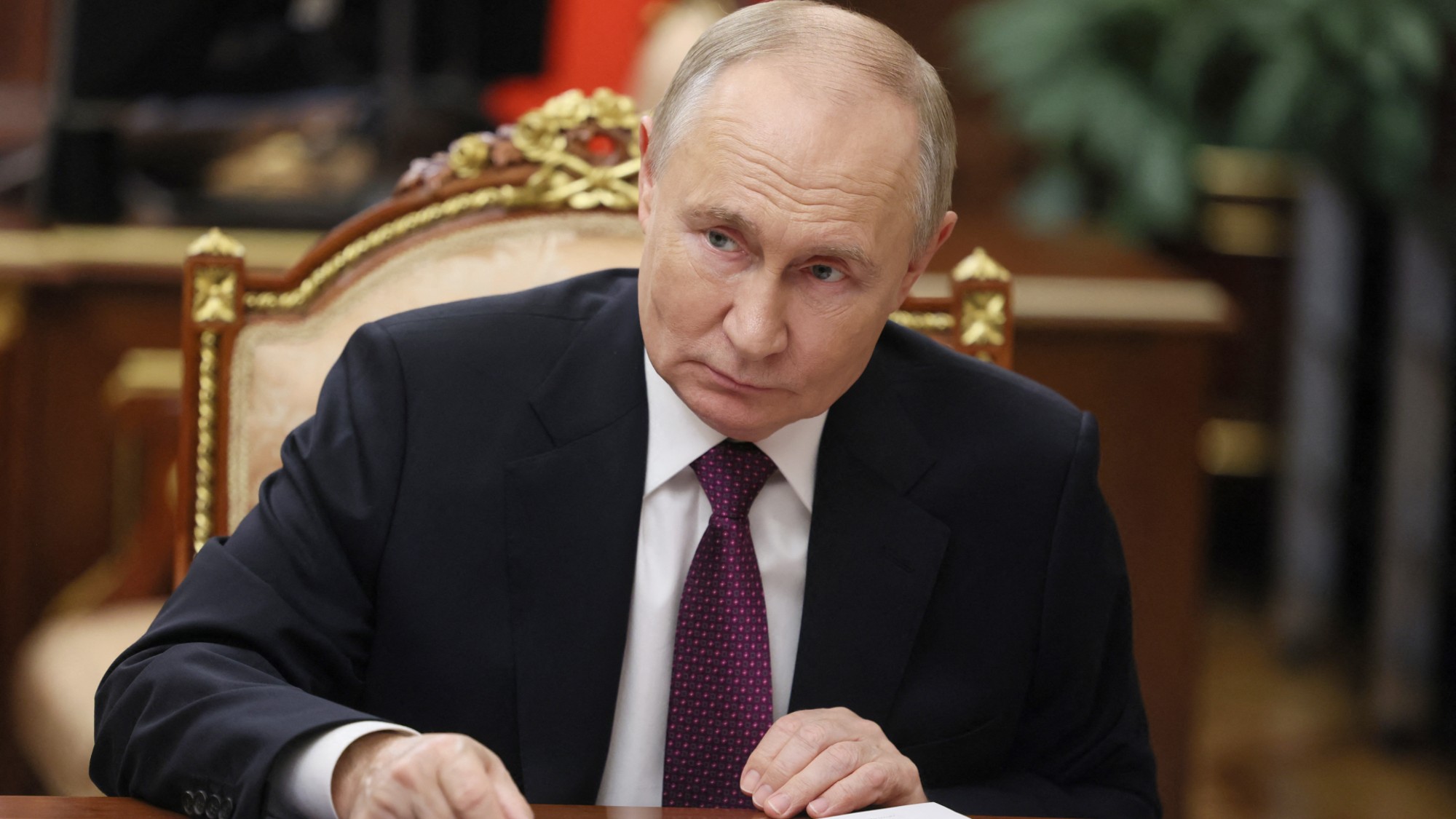 Ukraine-Russia: are both sides readying for nuclear war?
Ukraine-Russia: are both sides readying for nuclear war?Today's Big Question Putin changes doctrine to lower threshold for atomic weapons after Ukraine strikes with Western missiles
